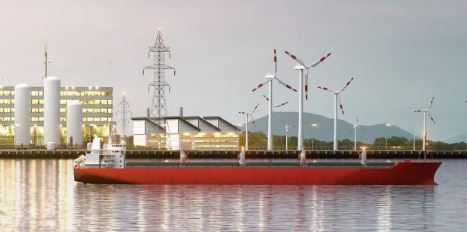
Since part of the world community has set itself climate targets and political uncertainties create further need to act, there is enormous decision-making and action pressure in the area of energy and transport transformation. Although the public nowadays likes to quickly scold the politicians, one has to conclude from an objective point of view that very fundamental economic decisions are necessary.

It is clear that with increased production of renewable energies, there is a need for short-term storage – but also for storage in the course of the year. In addition, different sectors need to be considered, such as passenger transport, heavy goods, ship and air transport, heat supply and industrial production (including raw material requirements).
However, public discussion in this area has often been limited to the use of accumulators, e.g. in cars or in connection with private photovoltaic systems. But on closer examination, it quickly becomes clear that due to the immense energy requirements, the sole use of battery cells as a storage medium will not be sufficient.
Other technologies are now also entering the public and political consciousness. For example, Power-to-X processes, in which synthetic gases or fuels can be produced from renewable electricity by electrolysis of hydrogen and by downstream process steps (methanization). These fuels can be used where a correspondingly high energy density is required, e.g. in jet engines of aircraft or gas-fired peak load power plants. But also the admixture in e.g. normal car fuels or in the natural gas for the heating of houses is possible (drop-in fuels). In addition, existing infrastructure can be used for storage and distribution (e.g. tank farms and pipelines).
Although there is still room for improvement in terms of efficiency, it will come as a surprise to many that companies in the mechanical and plant engineering industry see themselves well equipped to meet this challenge (see also VDMA “Power-to-X – Technologies for Sectoral Integration”). In addition to special components for electrolysis and methanization, well-known and proven modules and components from the energy and power plant sector can be used. The industry also benefits from decades of experience with regard to the necessary explosion protection and can rely on a wide range of explosion-protected components in the supply chain (examples see also “BALLUFF Sensors and Linear Position Sensors – For use in a potentially explosive environment”).
To sum up: The future of primary energy actually seems to be electric, but storage technology will probably foster process engineering and plant construction.






